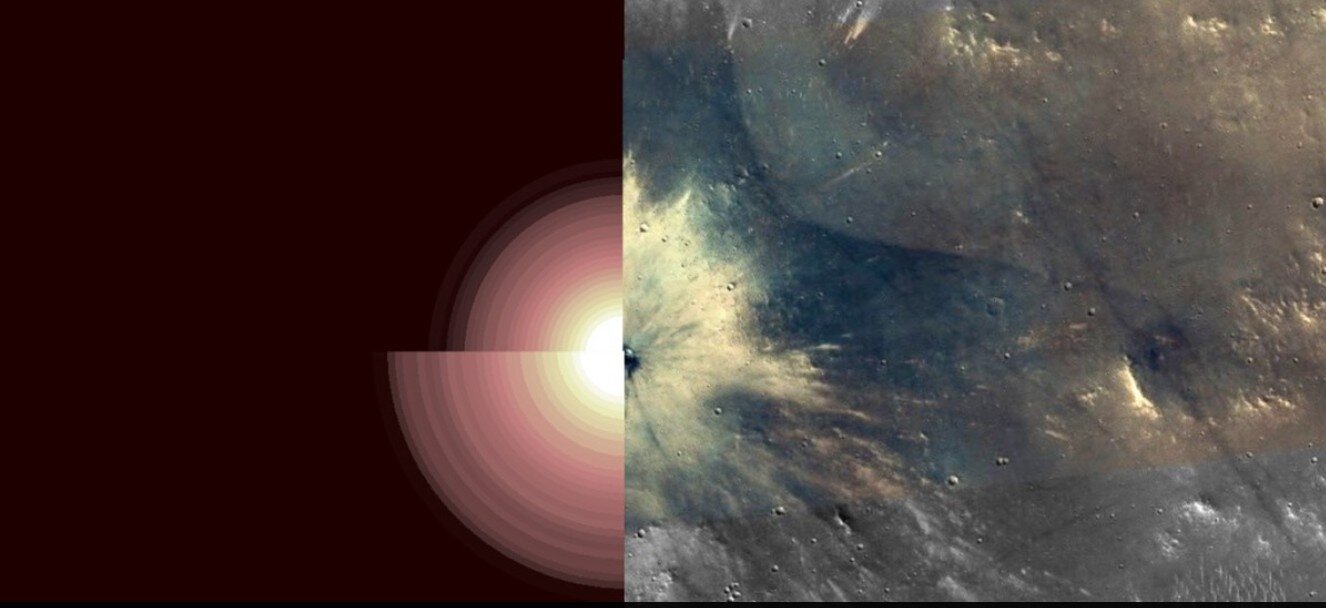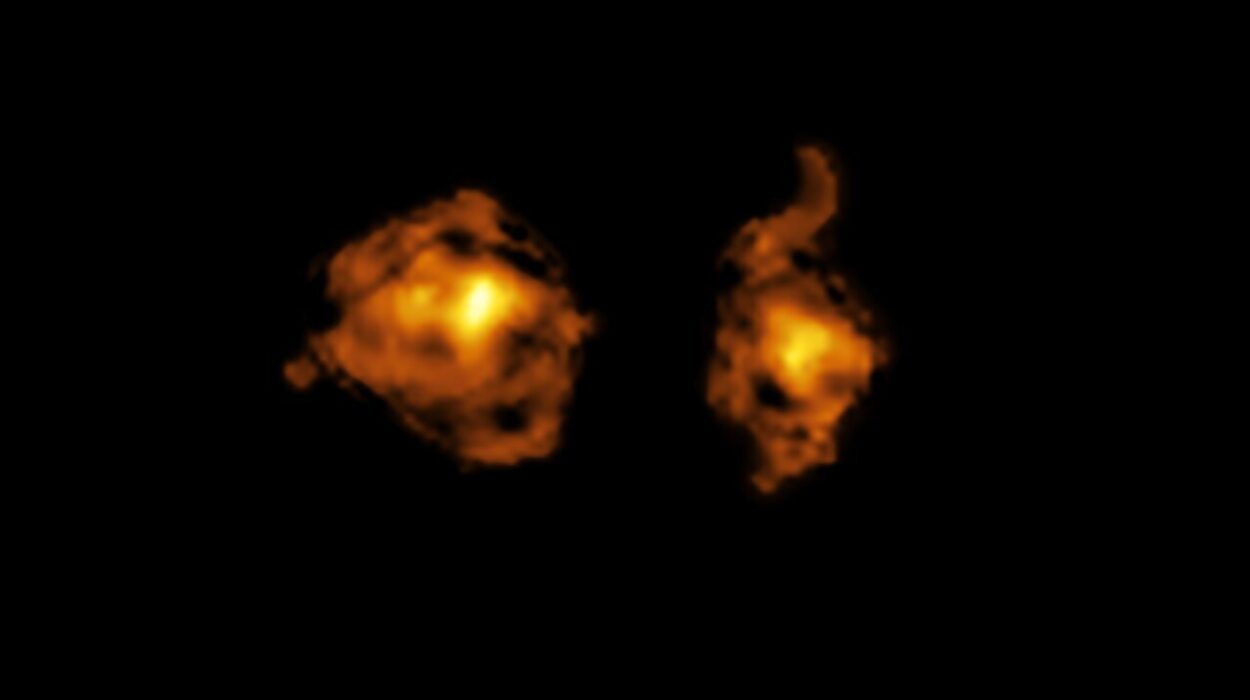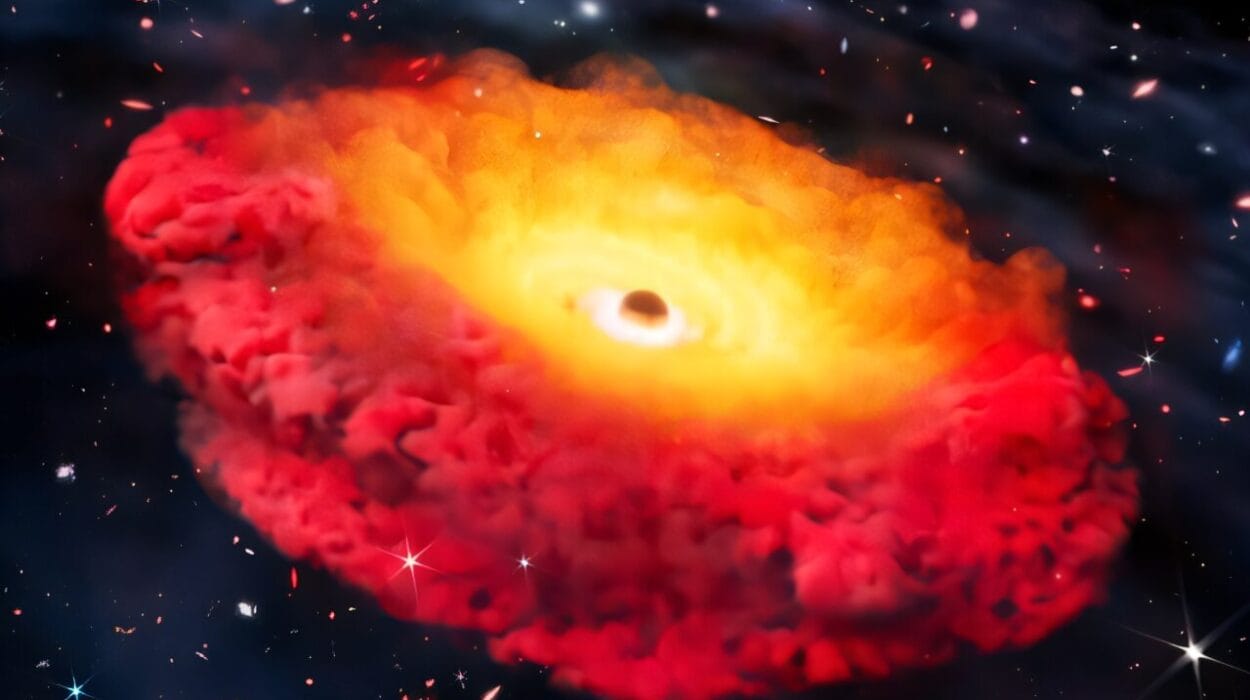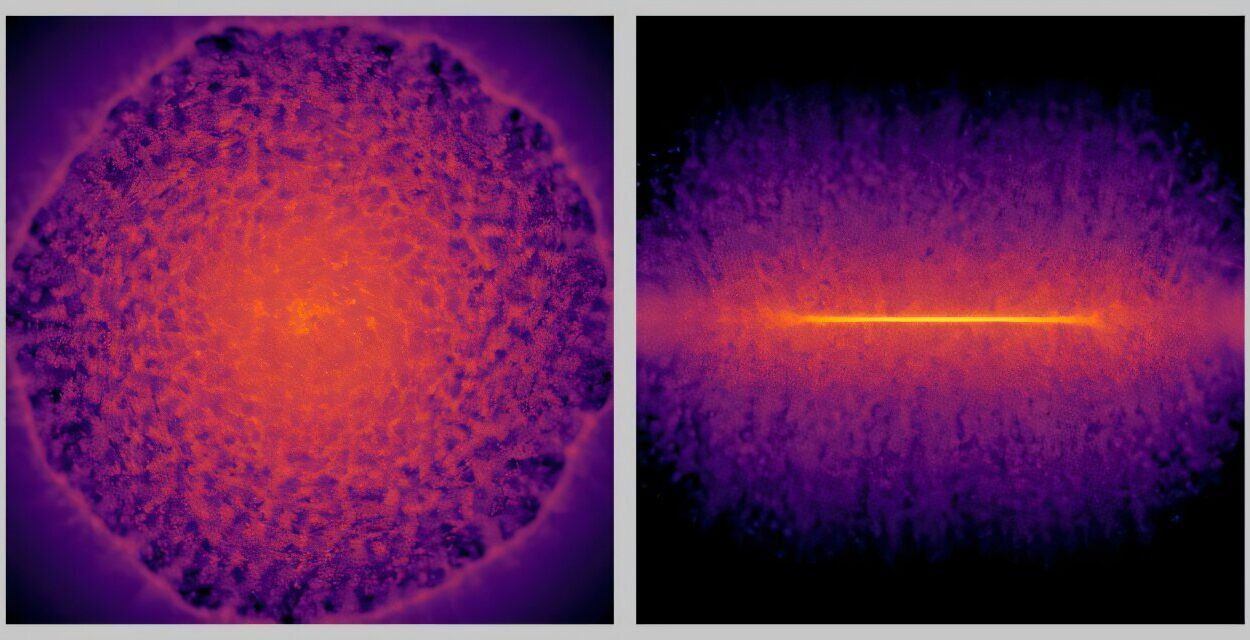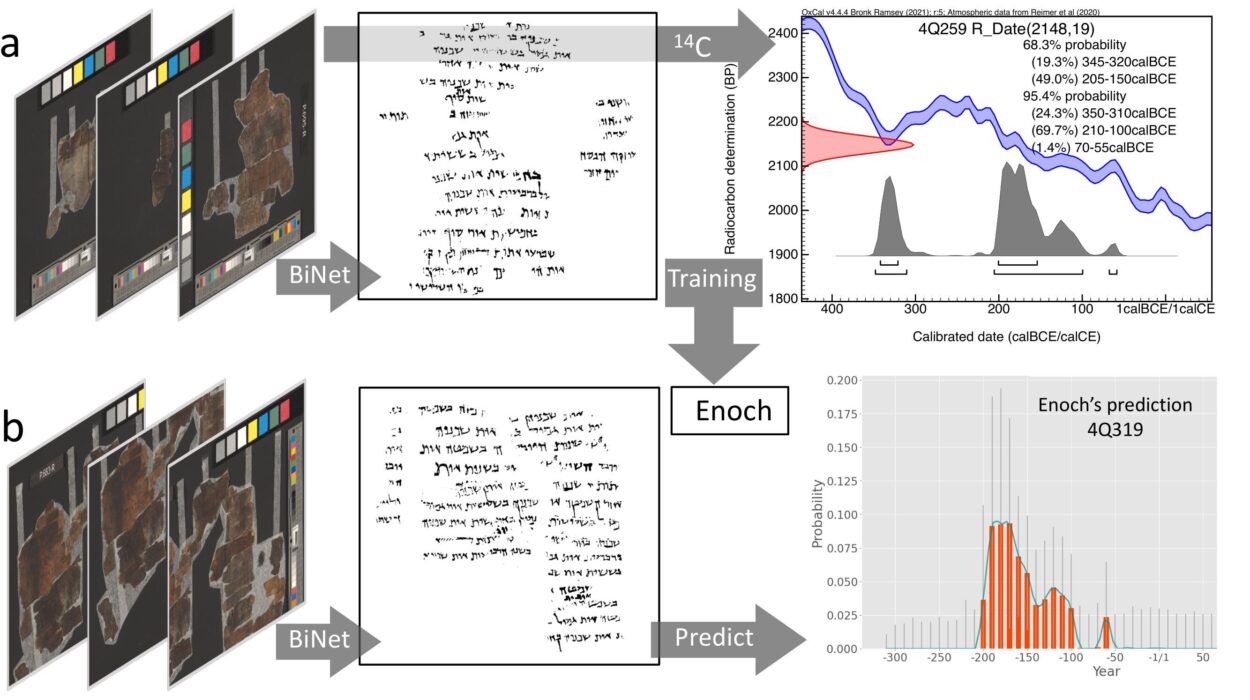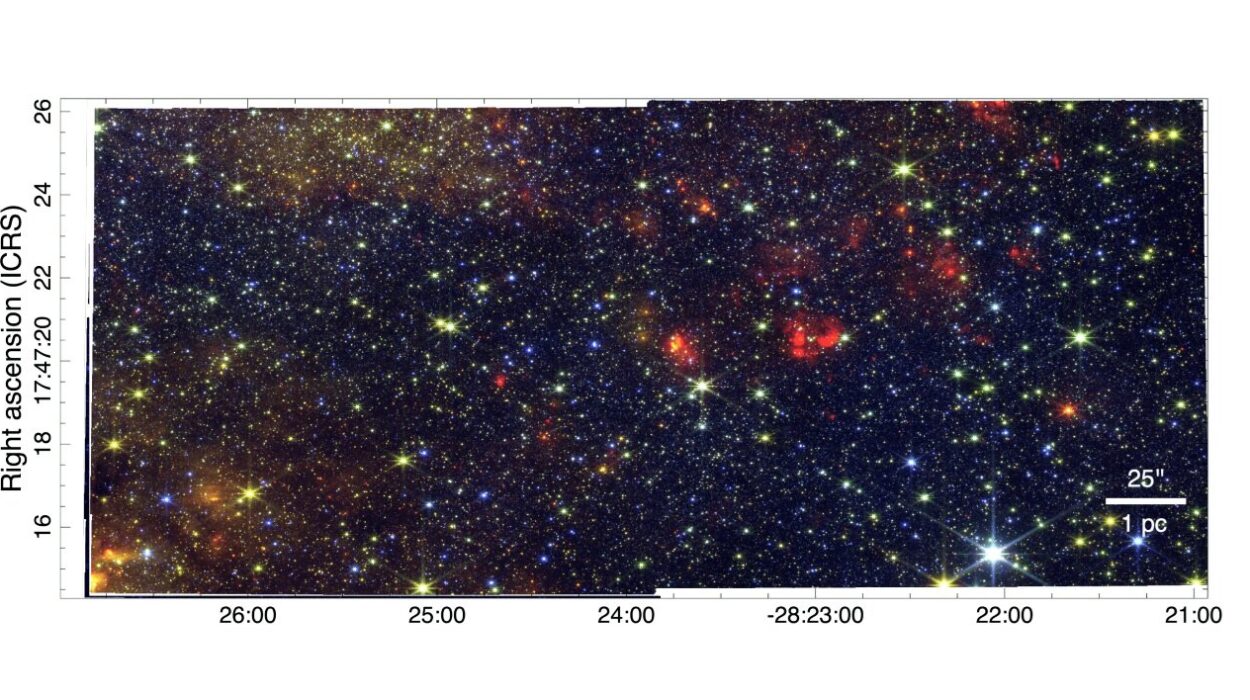Mars, with its hauntingly quiet landscapes and enigmatic geological history, has long captivated planetary scientists. From towering volcanoes to deep canyons, its features invite questions that reach below the surface—both literally and scientifically. But beneath its dusty plains and fractured rocks lies a largely unexplored frontier: the Martian subsurface. While landers and rovers scrape and drill shallowly into the ground, a recent breakthrough is redefining how we peer into the Red Planet’s hidden layers—without ever touching them.
A team of planetary scientists, spearheaded by Aleksandra Sokolowska of Imperial College London, has introduced an elegant method that turns planetary scars into subsurface sensors. Their target: the seemingly chaotic spray of material hurled into space during a meteorite impact, known as the ejecta blanket. With precise modeling and real Martian data, they have demonstrated that this debris doesn’t just record the violence of impact—it holds coded messages about what lies beneath the crust.
Published in the Journal of Geophysical Research: Planets, this study heralds a transformative step in planetary exploration. By analyzing how far and how widely ejecta travels, we can map unseen structures like glaciers, sediments, and buried bedrock. For Mars and beyond, the implications are profound.
Craters: The Cosmic Excavators
On every rocky planet and moon in our solar system, impact craters tell stories of cosmic violence. Formed by asteroids and comets slamming into solid surfaces at incredible speeds, craters are more than just dents—they are natural drill holes punched into planetary crusts, ejecting material that once lay hidden beneath the surface.
For decades, planetary scientists have treated crater size and morphology—their depth, rim sharpness, and basin shape—as proxies for underlying material properties. Harder subsurfaces yield sharper, deeper craters; softer, porous materials collapse into shallower basins. These correlations helped form a geological map of worlds like the Moon and Mars, even in areas untouched by robotic wheels.
Yet, as the new study reveals, scientists have overlooked one key signature of subsurface structure: the spread and extent of the ejecta blanket.
What Is an Ejecta Blanket?
An ejecta blanket is the material flung outwards and deposited around an impact crater during its formation. This material can include dust, rock fragments, ice, and sometimes even deeper-seated materials hurled far beyond the crater rim.
To the untrained eye, ejecta patterns can appear random or uniformly radial. But in reality, their dimensions and distribution are influenced by the material resistance and layering at the impact site. This variability, Sokolowska suspected, could offer fresh insights into underground composition.
“Historically, researchers have used the size and shape of impact craters to infer the properties of materials in the subsurface,” she said. “But we show that the size of the ejecta blanket around a crater is sensitive to subsurface properties as well.”
Simulating Impacts with Physics
The team approached this question not with drills or radar, but with mathematics and physics. Using a sophisticated suite of computer simulations co-developed with Professor Gareth Collins at Imperial College London, Sokolowska recreated a series of hypervelocity impacts under controlled digital conditions.
In these virtual Mars environments, the team altered the nature of the subsurface material: solid volcanic bedrock, loosely packed sediments, icy permafrost, and deep glacier layers. Every type of terrain produced its own unique ejecta pattern. The variations were not subtle—some craters exhibited ejecta blankets nearly twice as large as others, solely due to what lay beneath.
These simulations showed that soft, weak, or porous materials like ice or sediment dampened the energy of the impact, resulting in smaller and more compact ejecta blankets. Harder materials like basaltic rock, in contrast, transmitted shockwaves more efficiently, causing the explosive ejection of material to travel farther.
From Model to Mars: Ground Truth in Crater Comparison
Simulations are persuasive, but the acid test lies in real planetary data. Fortunately, Mars is littered with fresh impact craters—some less than a decade old—whose features remain largely unaltered by wind or erosion. These pristine scars offered the perfect test bed for the team’s theory.
Using high-resolution images from NASA’s HiRISE camera aboard the Mars Reconnaissance Orbiter, the researchers examined two such fresh craters. One was known to have formed atop solid bedrock; the other was located in a region previously mapped as containing subsurface ice.
The difference was dramatic. The crater atop bedrock exhibited a sprawling ejecta blanket that extended significantly farther than its icy counterpart. These observational results lined up neatly with the simulation predictions—offering compelling validation of the method.
Mapping the Invisible: A New Tool for Orbital Geology
This technique promises to revolutionize how we explore planetary interiors—particularly in inaccessible or unexplored regions. Orbital instruments like HiRISE already collect thousands of images of Martian craters. With the new method, researchers can revisit this catalog, measuring ejecta extents to infer subsurface structures at global scale.
As Sokolowska notes, “Once the method is thoroughly tested, it could become a promising new tool for investigating subsurface properties.”
She is currently focused on refining this tool further during her UKRI fellowship. If perfected, it may help identify regions of scientific or even strategic interest—such as hidden water ice deposits that could one day support human missions.
Implications for Glacial Science and Martian Climate History
One particularly exciting application lies in glaciology. Mars is believed to harbor significant amounts of water ice trapped beneath its surface, especially at mid- to high-latitudes. These buried glaciers, remnants of a wetter Martian past, offer a frozen archive of the planet’s climate history.
Traditional methods to detect subsurface ice rely on radar sounders like SHARAD (onboard MRO) or the Mars Advanced Radar for Subsurface and Ionosphere Sounding (MARSIS). But these instruments have limitations, especially in complex terrain or at shallow depths.
By providing a passive, image-based alternative, the ejecta method could offer broader coverage and complement existing tools. If certain ejecta blanket signatures reliably correlate with subsurface ice, we could begin mapping Mars’s hidden cryosphere in unprecedented detail.
Beyond Mars: A Solar System-Wide Tool
The power of this approach extends far beyond Mars. Craters and their ejecta are ubiquitous across the solar system. From Mercury’s airless plains to the icy moons of Jupiter and Saturn, every world bears the scars of impacts. Understanding how ejecta responds to subsurface composition could allow us to decode these scars system-wide.
An early test of this principle may come with the European Space Agency’s Hera mission, set to arrive at the asteroid Dimorphos in 2026. This binary asteroid system made headlines in 2022 when NASA’s DART mission intentionally slammed into Dimorphos, altering its orbit in the first real-world planetary defense experiment.
Now, Hera will examine the aftermath—including the impact crater and the surrounding ejecta. Sokolowska’s findings suggest that analyzing the spread of that ejecta could yield insights into the asteroid’s interior—whether it’s solid rock, loosely packed rubble, or a mixture. That’s more than just scientific curiosity: understanding asteroid composition is essential if humanity ever needs to deflect one again.
The Long Game: Towards Non-Invasive Planetary Geology
The elegance of the ejecta method lies in its non-invasiveness. Unlike rovers or landers that must touch the surface, ejecta blankets can be studied remotely and retroactively. Any impact site already photographed becomes a potential data point.
In the future, planetary geologists may build entire 3D subsurface maps from orbit using nothing but images and mathematical models. Layer by layer, ejecta data could reveal the stratigraphy of Mars and other worlds, illuminating ancient lake beds, volcanic layers, or glacial flows—all without disturbing a single grain of extraterrestrial dust.
A Shift in Perspective
More than a technical advance, this research represents a conceptual shift. For too long, scientists viewed impact craters primarily as scars—marks of destruction. Sokolowska and her team remind us that they are also revelations, natural probes into planetary interiors.
With each impact, the cosmos unwittingly delivers a geological gift. Thanks to innovative minds and powerful simulations, we are finally learning how to unwrap it.
Reference: A. J. Sokolowska et al, The Link Between Subsurface Rheology and Ejecta Mobility: The Case of Small New Impacts on Mars, Journal of Geophysical Research: Planets (2025). DOI: 10.1029/2024JE008561
